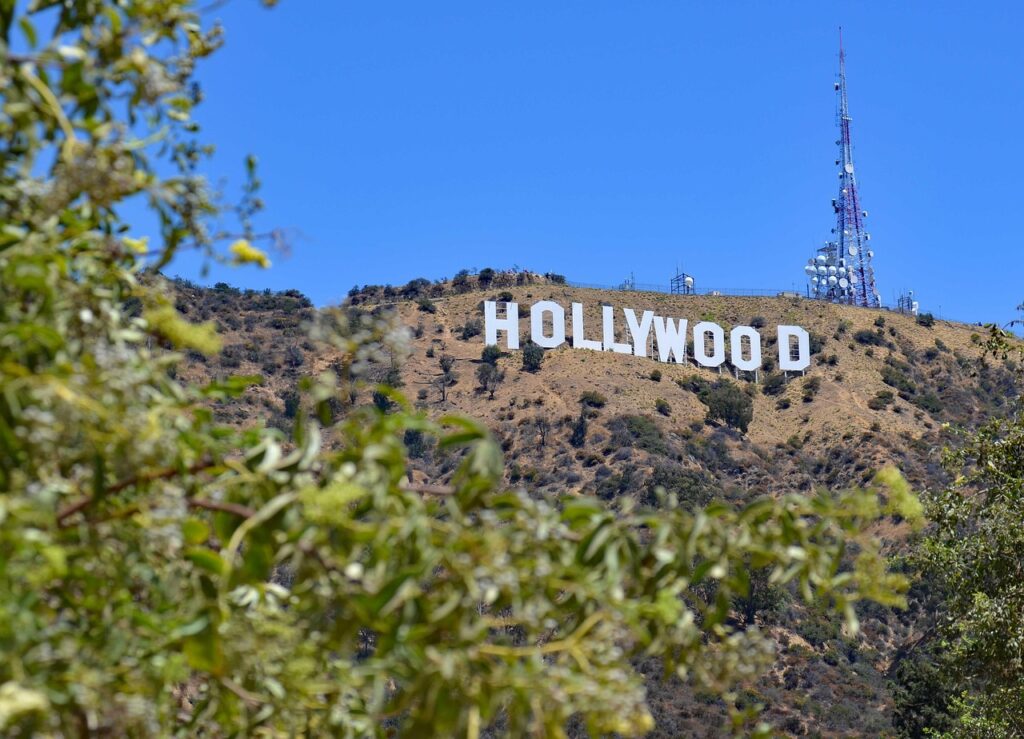Feelin’ lucky? Pick any movie from Eastwood’s filmography and you just might witness a piece of cinema legend,” proclaims Alex Vo, a sentiment we wholeheartedly echo. For decades, Clint Eastwood has been a true titan of the silver screen, crafting a legendary career that spans from understated beginnings to remarkable triumphs as both actor and Oscar-winning director. His very name evokes steely resolve, quiet intensity, and an undeniable rugged cool that has captivated audiences globally for generations.
Eastwood’s Hollywood journey is a masterclass in evolution, always adapting yet remaining profoundly true to his unique cinematic voice. From the sun-baked plains of the spaghetti Westerns, where he redefined the anti-hero, to the gritty urban landscapes patrolled by a rule-bending inspector, and finally to the director’s chair creating poignant dramas, his impact is indelible. His filmography is a rich tapestry of unforgettable characters and groundbreaking storytelling, a testament to his enduring star power and creative genius.
Today, we’re embarking on an exhilarating deep dive into this legend’s career, presenting a ranked look at some of his most essential films. This isn’t just a list; it’s a celebration of the roles that cemented his status, the powerful performances that moved us, and the timeless stories that continue to resonate. Get ready to revisit the classics and appreciate the breathtaking scope of an artist who truly knows how to “make your day.”
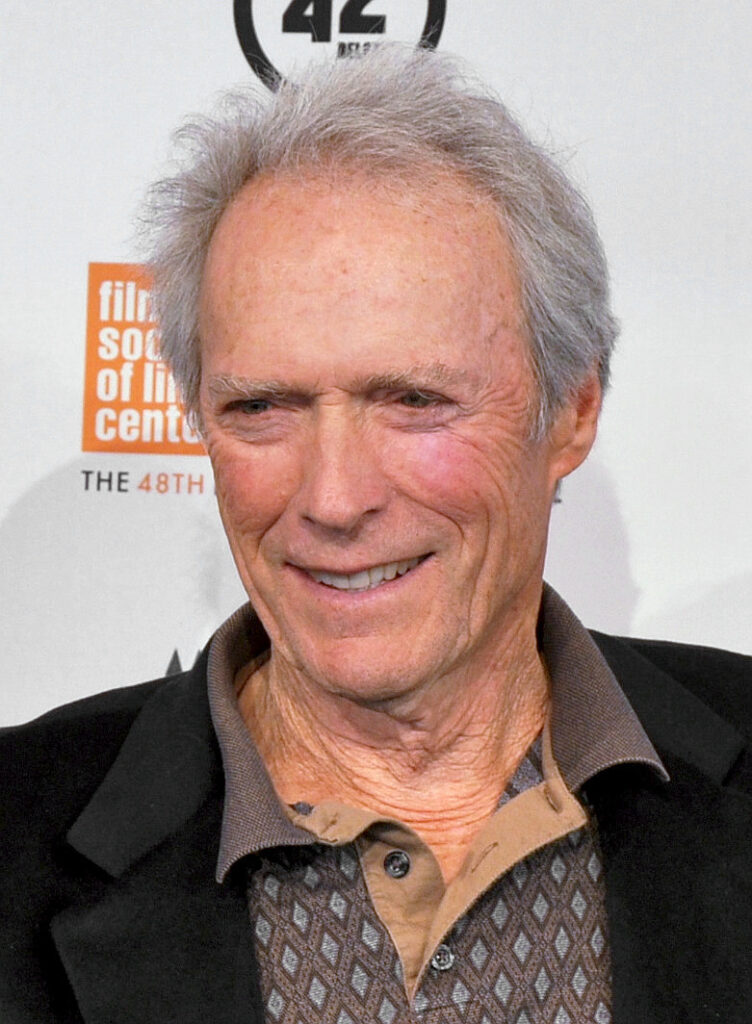
1. **The Good, the Bad and the Ugly (1966)**When discussing cinema’s giants, Clint Eastwood’s “Man With No Name” from Sergio Leone’s spaghetti Westerns is iconic. At the pinnacle of this collaboration stands *The Good, the Bad and the Ugly*, a film widely regarded as the greatest spaghetti Western ever made. Its influence is immeasurable, solidifying Eastwood’s international stardom and embedding his stoic, cigar-chomping persona into cinematic history.
The critics consensus perfectly describes its brilliance: “this epic features a compelling story, memorable performances, breathtaking landscapes, and a haunting score.” Every element converges to create an unforgettable experience. Ennio Morricone’s iconic score, a character in itself, weaves through the narrative with haunting melodies, elevating every standoff and chase. It makes the vast American Southwest during the Civil War feel expansive and dangerous.
Eastwood, as the mysterious Joe, delivers a performance of quiet, magnetic power, embodying the “Good” in a morally ambiguous world. His nuanced portrayal speaks volumes with minimal dialogue. Alongside him, Eli Wallach’s unforgettable Tuco provides a chaotic, often humorous, counterpoint. Lee Van Cleef’s chilling Angel Eyes completes the iconic trio, embodying ruthless “Bad.”
This dynamic tension propels the compelling story forward: a treasure hunt set against the brutal backdrop of the Civil War. *The Good, the Bad and the Ugly* is a timeless exploration of greed, survival, and the blurred lines between hero and villain. It is a cinematic experience that truly lives up to its legendary status in every frame.
Read more about: Renato Casaro, ‘Michelangelo of Movie Posters,’ Dies at 89: Remembering the Visionary Artist Who Defined Cinematic Imagination
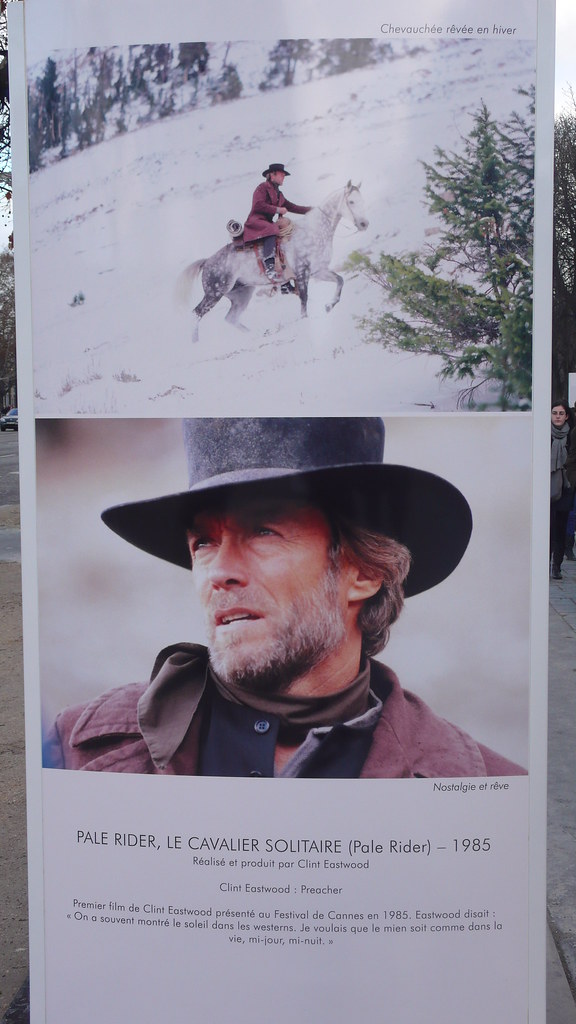
2. **A Fistful of Dollars (1964)**Before the grand scale of *The Good, the Bad and the Ugly*, there was the groundbreaking *A Fistful of Dollars*, the film that ignited the spaghetti Western craze. It introduced the world to Clint Eastwood’s unforgettable “Man With No Name.” As the critics consensus notes, using “Akira Kurosawa’s Yojimbo as his template,” Sergio Leone’s film “helped define a new era for the Western and usher in its most iconic star, Clint Eastwood.” It was a true game-changer.
Eastwood’s portrayal of the wandering gunfighter Joe in the Mexican village of San Miguel was a revelation. He navigated a power struggle among local factions with cunning and formidable presence. His actions, steely gaze, and effortless cool spoke volumes, establishing a new kind of Western hero. This figure was quiet, often ruthless, and driven by his own code, departing from traditional ideals.
The film’s monumental success wasn’t solely about Eastwood, though he was its magnetic center. It was equally due to Sergio Leone’s revolutionary cinematic vision. Leone infused the Western genre with a fresh aesthetic: extreme close-ups, wide-angle vistas, and operatic tension. This built meticulously through long stares before erupting into explosive violence.
*A Fistful of Dollars* was more than a movie; it was a profound cultural phenomenon. It irrevocably cemented Eastwood’s path to international superstardom, demonstrating his ability to embody a character with minimal effort yet maximum impact. The film forever altered how Westerns were made and perceived, defining an entire era and inspiring countless filmmakers.
Read more about: Renato Casaro, ‘Michelangelo of Movie Posters,’ Dies at 89: Remembering the Visionary Artist Who Defined Cinematic Imagination
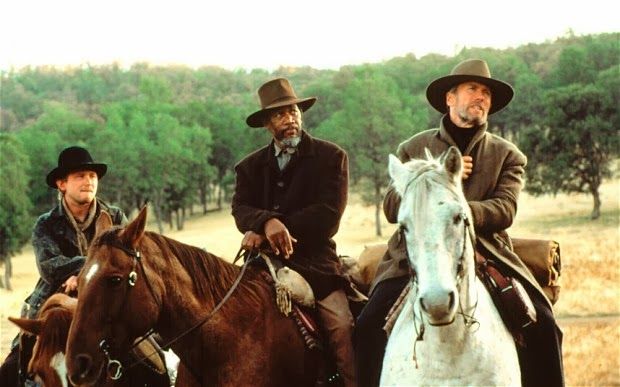
3. **Unforgiven (1992)**Decades after defining the Old West anti-hero, Clint Eastwood returned to the genre he helped shape with *Unforgiven*, offering a profoundly different vision. It’s more than a Western; it’s a masterful deconstruction of its myths, a powerful reflection on violence and heroism. As both director and star, Eastwood delivered a towering achievement, earning two Academy Awards for Best Picture and Best Director.
The critics consensus, though incomplete, starts by stating: “As both director and star, Clint Eastwood strips away decades of Hollywood varnish applied to the Wild West, and emerges with…” This captures the film’s essence. Eastwood, as aging outlaw William Munny, portrays a man deeply haunted by his past. He is reluctantly drawn back into a cycle of brutality for a bounty.
The film presents the raw realities of gunfighting, far removed from romanticized duels. What elevates *Unforgiven* is its unflinching honesty and moral complexity. It refuses to glorify violence, meticulously examining its devastating consequences, both physical and psychological. Eastwood’s direction is taut, nuanced, and deeply human.
This masterpiece showcases Eastwood’s artistic growth, crafting a compelling and introspective story. It redefines the Western hero, presenting a man driven less by glory and more by an internal struggle against his darker nature. *Unforgiven* proves Eastwood’s rare talent to not only star in classics but also create them from behind the camera.
Read more about: 14 Stars Who Served: Unexpected Military Pasts of Famous Faces Before Hollywood Called
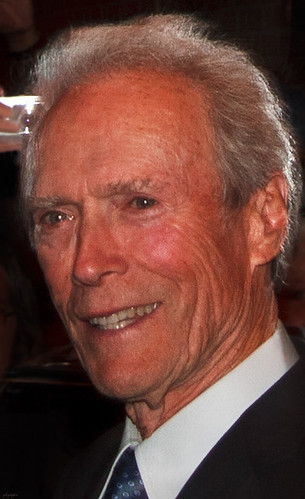
4. **The Dirty Harry Series**After his Old West legacy, Clint Eastwood seamlessly embodied the gritty lawman of modern times in the iconic *Dirty Harry* series. Kicking off with the 1971 original, this franchise saw Eastwood as Inspector “Dirty” Harry Callahan, a San Francisco detective. He famously operated by his own rules, often to his superiors’ chagrin. The context states the series “made him a man for modern times.”
Harry Callahan, though contemporary, shared a spirit with the Man With No Name through his independence. He was willing to bend morality in his relentless pursuit of justice. Armed with his formidable .44 Magnum, Callahan became a symbol of a public yearning for immediate action against crime. He challenged established legal procedures and pushed ethical boundaries.
The *Dirty Harry* films tapped into a cultural zeitgeist, sparking debates about police procedure and civil liberties. They became more than thrillers, serving as significant social commentaries. The series’ enduring appeal stems from Eastwood’s magnetic performance, imbuing Callahan with cynicism and unwavering commitment. His unforgettable dialogue included the legendary line: “Go ahead, punks, make my day.”
These films solidified Eastwood’s status as a contemporary action star. They demonstrated his remarkable versatility and ability to resonate with audiences across eras and genres. The cultural impact of Harry Callahan is undeniable, influencing countless police dramas and action heroes. It remains a cornerstone of Eastwood’s filmography, relevant for its complex themes.
Read more about: Beyond the Royal Limos: Unearthing the Enduring ‘Simple’ Classics Cherished by British Royalty
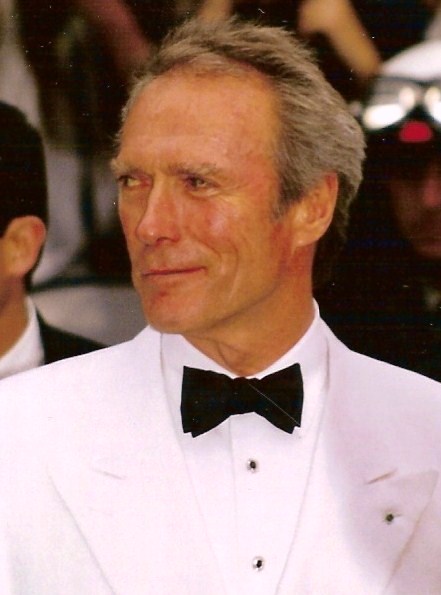
5. **Tarantula (1955)**Every legendary career has a humble beginning, and for Clint Eastwood, one of his earliest appearances was in the 1955 sci-fi monster flick, *Tarantula*. While different from his later masterpieces, this film holds a unique place in his history, a foundational stepping stone. The context notes: “The astonishing career begins with blowing up a giant spider with a jet missile in Tarantula.”
Strikingly, Eastwood’s role in *Tarantula* was understated. The context highlights that “Eastwood didn’t have any lines in that one.” This contrasts sharply with the iconic dialogue defining his later characters. Yet, even in this silent capacity as a jet squadron leader, it offered an early glimpse of the raw screen presence that would captivate audiences. He was already in a role of command and action.
*Tarantula* itself was a quintessential B-movie of its era, featuring a monstrous tarantula. While Eastwood’s part was small, it signifies the genesis of his on-screen journey. This early appearance is a testament to the long path to stardom, a humble but pivotal moment. It’s a fascinating peek into the origins of a cinematic legend, long before “Man With No Name” or Dirty Harry.
After conquering the Old West and the urban jungle with iconic roles, Clint Eastwood’s illustrious career embraced a profound evolution, seeing him increasingly command the director’s chair while continuing to deliver powerful acting performances. His later work showcases a filmmaker unafraid to tackle complex themes with raw intimacy, underscoring his “continued directorial triumphs” and revealing a “remarkable screen presence in recent decades.” This proved beyond doubt that his creative wellspring was far from dry.
Eastwood’s unwavering commitment to storytelling has only deepened with time, resulting in a rich tapestry of films that further cemented his legendary status. He consistently pushed cinematic boundaries, exploring human nature with a seasoned, understated touch. From critically acclaimed dramas to more recent, reflective roles, Eastwood demonstrates an unparalleled ability to captivate viewers. This period of his artistry is a powerful testament to a visionary who shaped cinematic landscapes. It’s here we witness his sustained brilliance, adding more layers to an extraordinary career. Let’s dive deeper into the next powerful entries on our ranked list, celebrating his enduring artistry and sheer star power.
Read more about: Mara Corday, Hollywood’s Enduring Starlet of the 1950s, Dies at 95, Leaving a Legacy of Sci-Fi Thrills and Enduring Appeal
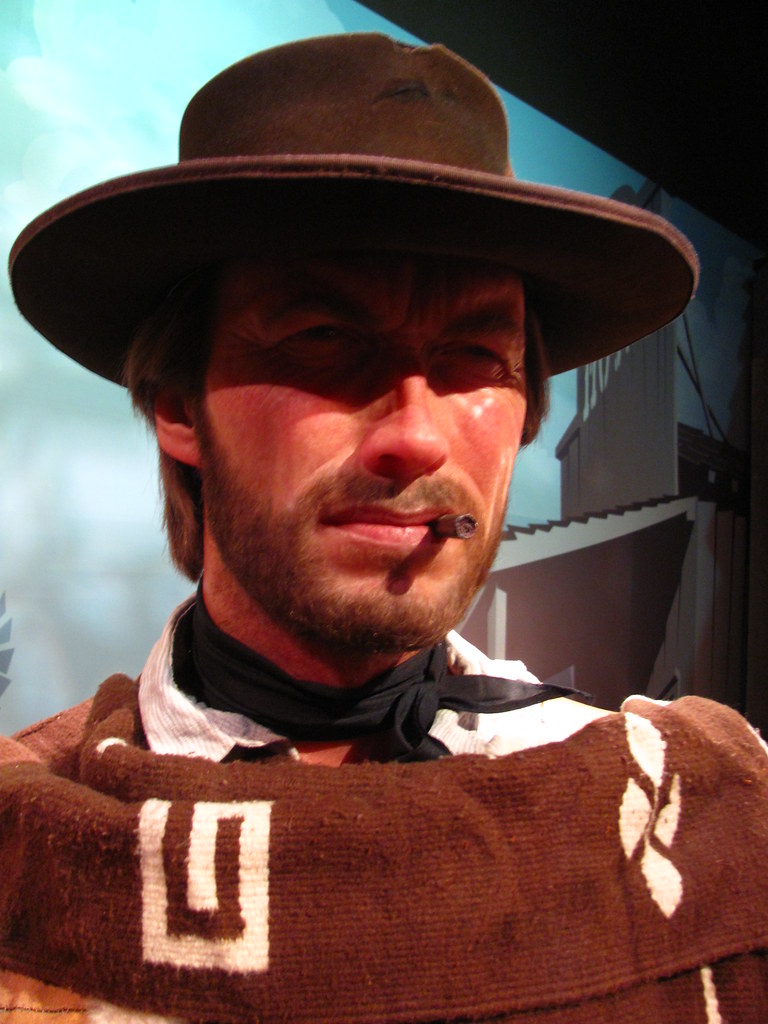
6. **Million Dollar Baby (2004)**A true powerhouse moment in his extraordinary career, *Million Dollar Baby* stands as a monumental achievement, solidifying Clint Eastwood’s status as a directing titan. This deeply affecting drama earned him his second Academy Award for Best Picture, a truly exceptional feat that underscored his unparalleled ability to craft narratives that resonate profoundly with audiences and critics. Coming after the triumph of *Unforgiven*, this win cemented his position not just as an iconic actor, but as a director with a distinctive, masterful touch, capable of delivering emotionally resonant, award-winning cinema time and again.
As both director and one of the film’s central stars, Eastwood again demonstrated his profound understanding of human struggle and triumph. He meticulously wove a story exploring raw resilience, personal sacrifice, and the complex intricacies of human connection. The film’s critical reception celebrated its depth, unflinching honesty, and the powerful performances it inspired. It is a poignant drama, a hallmark of his refined directorial vision, where every frame is imbued with quiet intensity and a palpable sense of purpose.
This Best Picture triumph is a testament to Eastwood’s unwavering artistic integrity and his drive to tell meaningful stories. It’s a powerful example of his later-career acting roles, where his screen presence is less about overt action and more about a deeply felt gravitas. *Million Dollar Baby* serves as a brilliant showcase for his evolving creative genius, proving he continued to be at the forefront of cinematic excellence, enriching film with his unique perspective.
Read more about: The Unseen Architects: 12 Pivotal Innovations That Forever Changed the Landscape of Film Production
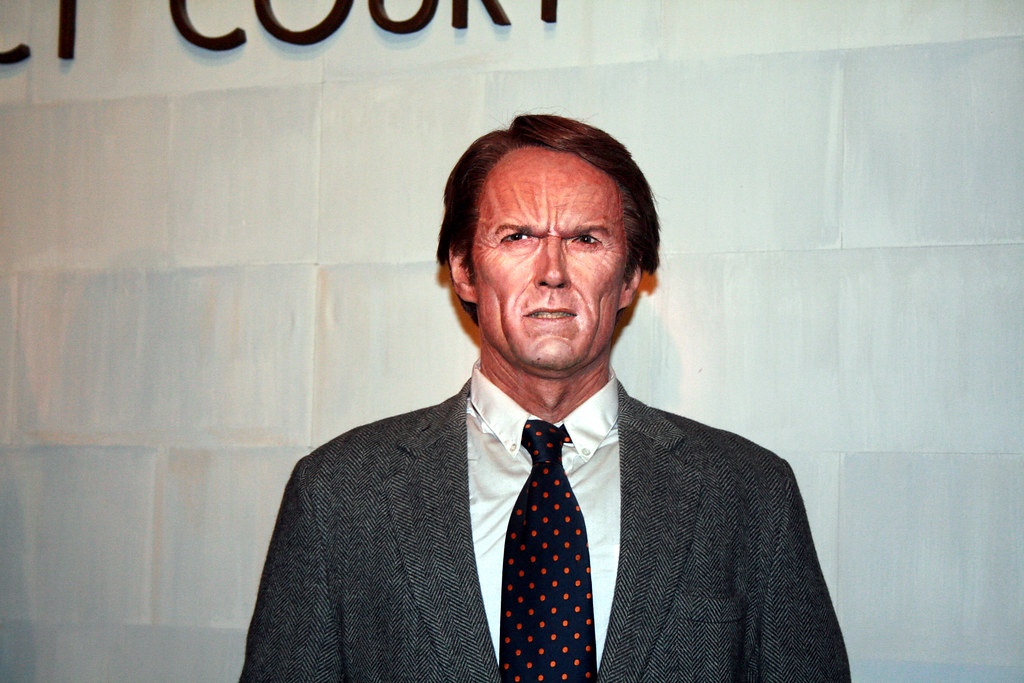
7. **Trouble With the Curve (2012)***Trouble With the Curve* holds a significant place in Clint Eastwood’s filmography as a notable acting role, marking his last on-screen appearance before his return to a dual role in *The Mule*. This heartfelt drama offered audiences another chance to witness his “remarkable screen presence in recent decades,” showcasing a performance highlighting his enduring charm, understated wisdom, and undeniable gravitas. It was a quieter, more reflective character study, allowing his seasoned acting skills to shine through with subtle, profound power that captivated viewers.
In this film, Eastwood embraced a character that resonated with the wisdom and rich experience he gathered over a lifetime in Hollywood. His portrayal added another compelling dimension to his diverse acting portfolio, proving his versatility beyond tough-guy archetypes. He consistently brings a unique blend of vulnerability and strength to his characters, making them profoundly relatable. This film stands as a testament to his continued ability to command the screen effortlessly, even when not orchestrating the entire production.
Even in a less overtly “action-packed” role, Eastwood’s magnetic appeal was undeniable. His presence alone elevates the narrative, imbuing it with depth and authenticity, making *Trouble With the Curve* a memorable entry in his distinguished later career. It reminds us that whether he’s wielding a .44 Magnum or critiquing a baseball prospect, his characters always leave an indelible impression, deeply contributing to his monumental cinematic legacy. His ability to connect with audiences, regardless of genre, is a rare gift.
Read more about: You Won’t Believe How These 15 Horror Flicks Fumbled Their Endings
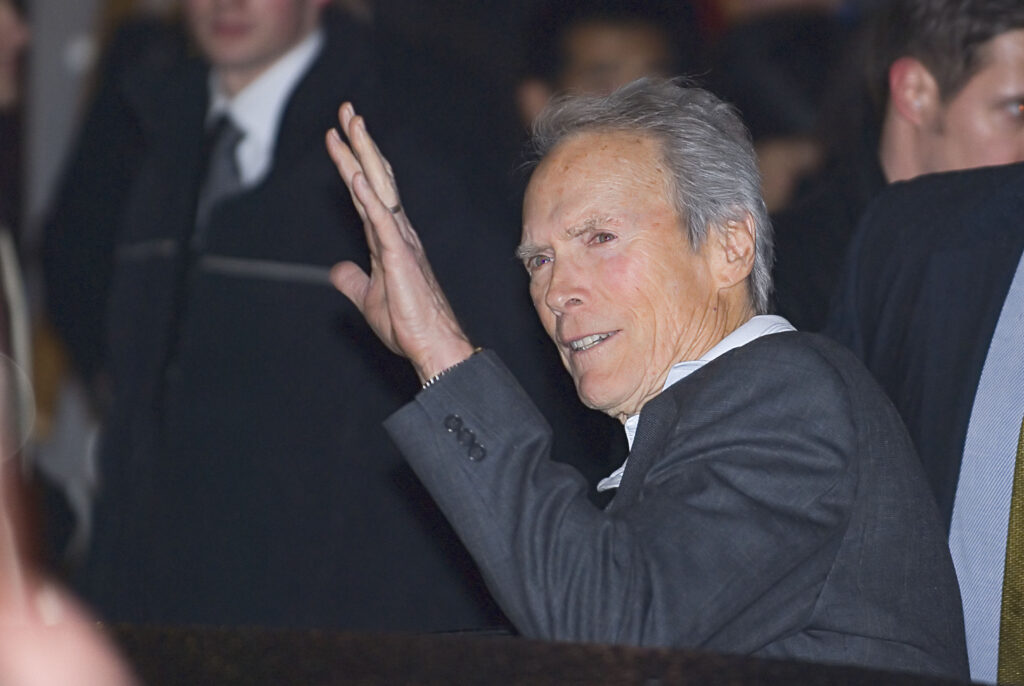
8. **The Mule (2018)***The Mule* signified a momentous occasion in Clint Eastwood’s illustrious career, as he stepped once again into both the director’s chair and a compelling leading acting role. This project was particularly noteworthy, marking his first on-screen appearance since *Trouble With the Curve*, powerfully underscoring his enduring passion for filmmaking and his incredible work ethic. The context states that he “directs once more and appears on-screen notably,” an observation that belies the immense achievement of such a dual undertaking at his age.
Eastwood’s courageous decision to take on a dual role in *The Mule* exemplifies his “stunning efficiency,” a characteristic defining much of his directorial career. It is a rare and inspiring feat; few artists seamlessly command both sides of the camera simultaneously, especially as they mature, producing commercially successful and critically engaging films. His capability to maintain creative control while delivering a compelling performance is truly remarkable.
This film also highlights his relentless drive for “career longevity,” as he actively sought projects that allowed him to remain deeply involved in every facet of the cinematic process. The raw, authentic quality he brought to his character, navigating complex moral and personal dilemmas, coupled with his seasoned directorial hand, made *The Mule* an exceptionally compelling watch. It stands as a brilliant illustration of his continued relevance in an ever-changing industry and his unwavering commitment to cinema.
Eastwood’s “remarkable screen presence in recent decades” truly shines in *The Mule*. His poignant portrayal of an aging individual grappling with life’s choices, past regrets, and unexpected consequences is deeply moving and captivating. It demonstrates his ongoing capacity to connect with audiences through profoundly nuanced and heartfelt performances, proving that his legendary star power only grows richer and more potent with time. He remains a magnetic force on screen.
Read more about: 14 Stars Who Served: Unexpected Military Pasts of Famous Faces Before Hollywood Called
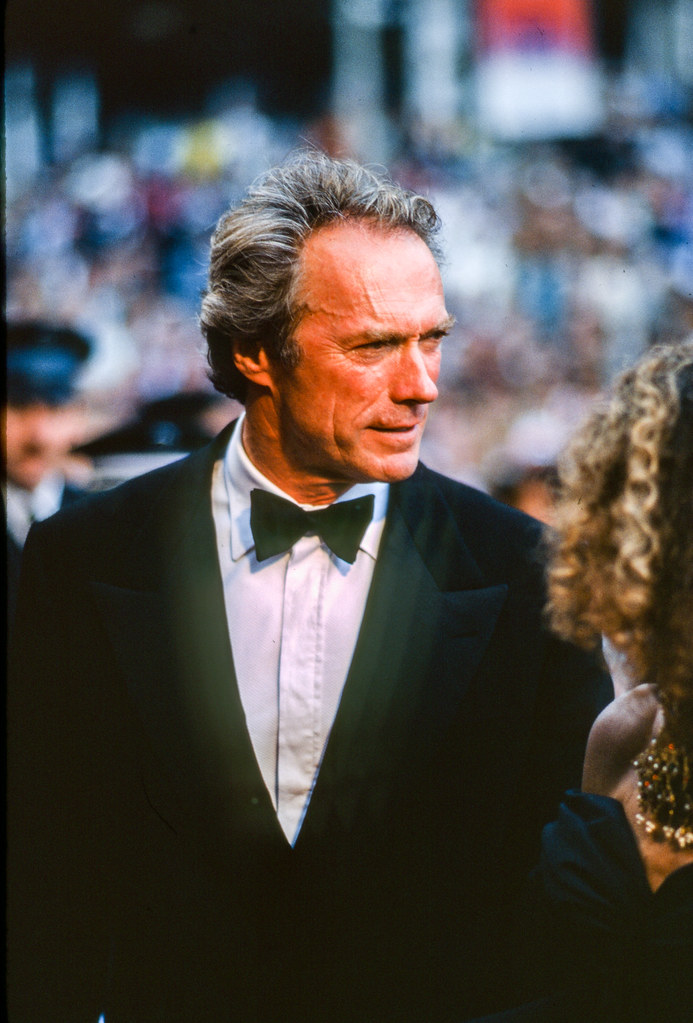
9. **Cry Macho (2021)**In a magnificent display of his unyielding spirit, Clint Eastwood once again defied expectations with the release of *Cry Macho* in 2021, a profound testament to his unparalleled dedication to cinema. This poignant film serves as a remarkable capstone to an extraordinary, decades-spanning career, showcasing his enduring passion for authentic storytelling. As the context notes, “He followed that up with 2021’s Cry Macho,” a statement speaking volumes about his incredible, sustained artistic output and unwavering commitment.
*Cry Macho* beautifully embodies profound themes often found in Eastwood’s later-career acting roles: introspection, the pursuit of redemption, and the search for meaning in the twilight of life. His “remarkable screen presence in recent decades” allows him to convey volumes of emotion with a subtle glance or quiet word, a masterclass in understated, impactful acting. Even at an advanced age, his commanding yet vulnerable portrayal is a vivid reminder of his unmatched talent.
As both director and star, Eastwood continued his lifelong quest to explore the complexities of the human spirit, demonstrating that age is no barrier to vibrant artistic expression. The film allowed him to further delve into characters who, much like himself, possess a rich history, deep experience, and quiet, formidable inner strength. It highlights his sustained creative energy, intellectual curiosity, and uncanny ability to connect with audiences across generations.
This 2021 release is far more than just another movie; it is a powerful declaration of his lifelong commitment to the moving image and its stories. It firmly places him in a unique echelon of cinematic legends who continue to create meaningful, impactful work well into their later years. *Cry Macho* stands as a poignant reminder of Eastwood’s enduring legacy and his ceaseless pursuit of cinematic excellence, a journey that continues to astonish.
Read more about: 14 Stars Who Served: Unexpected Military Pasts of Famous Faces Before Hollywood Called
From the dusty plains of the Old West to the complex moral landscapes of modern life, Clint Eastwood’s cinematic journey is an unparalleled testament to versatility, artistic resilience, and enduring creative genius. He redefined genres, challenged conventions, and crafted characters etched into the very fabric of pop culture. Whether directing with a keen eye for profound human drama or acting with a stoic intensity that speaks volumes, Eastwood has consistently delivered performances and films that resonate deeply across generations. His career isn’t merely a series of impressive movies; it’s a living history of Hollywood, a masterclass in staying relevant, impactful, and utterly unforgettable. He truly is one of a kind, a legendary figure whose work will undoubtedly continue to inspire and entertain for generations to come, a true titan of the silver screen.


